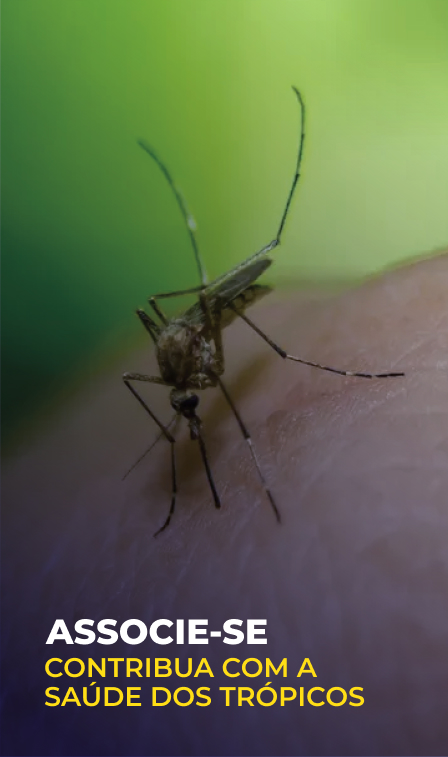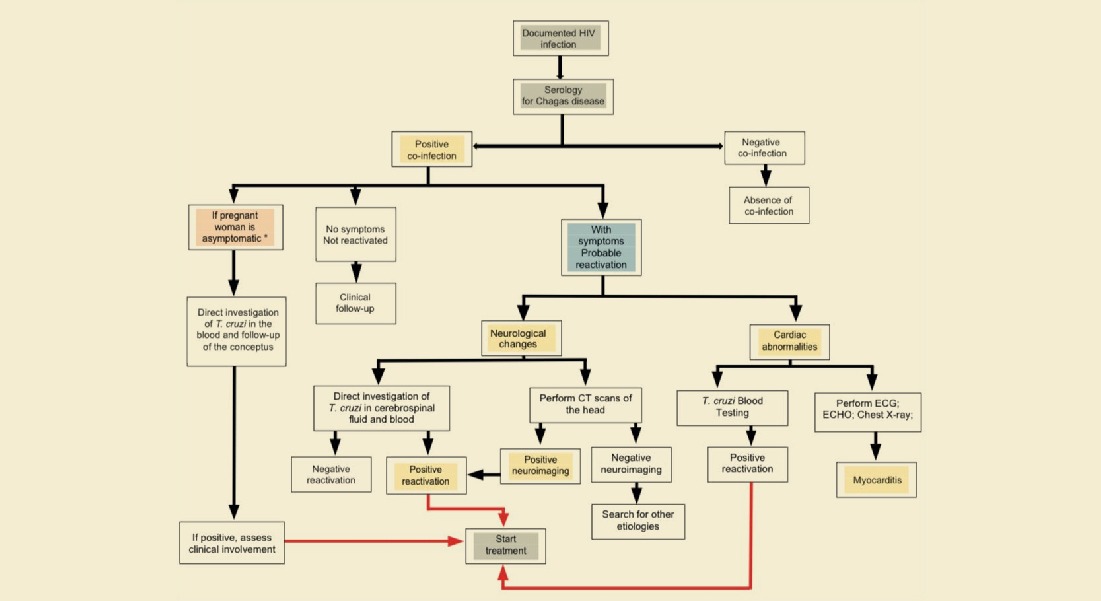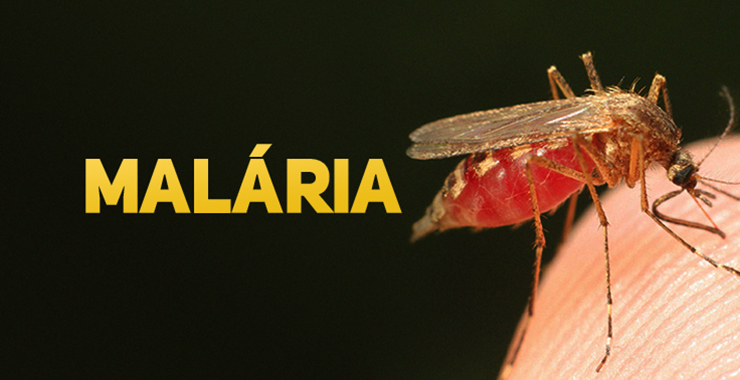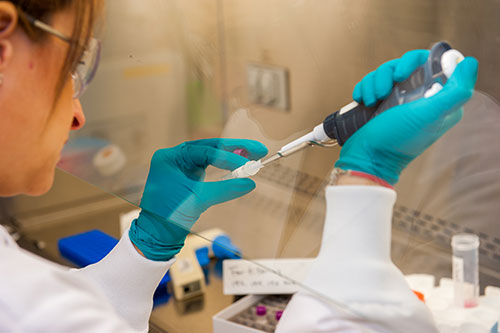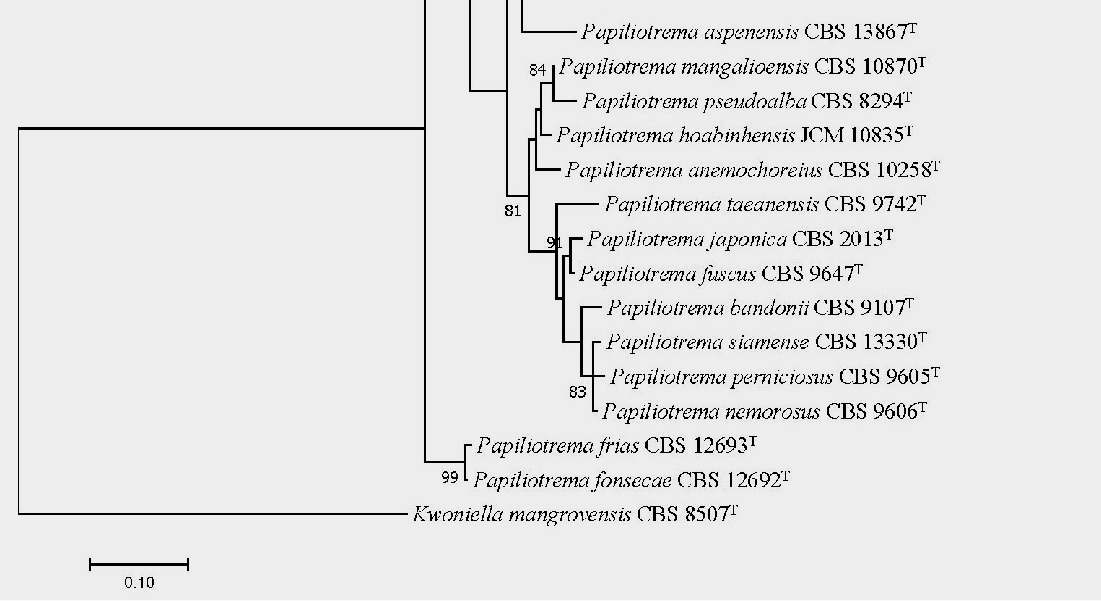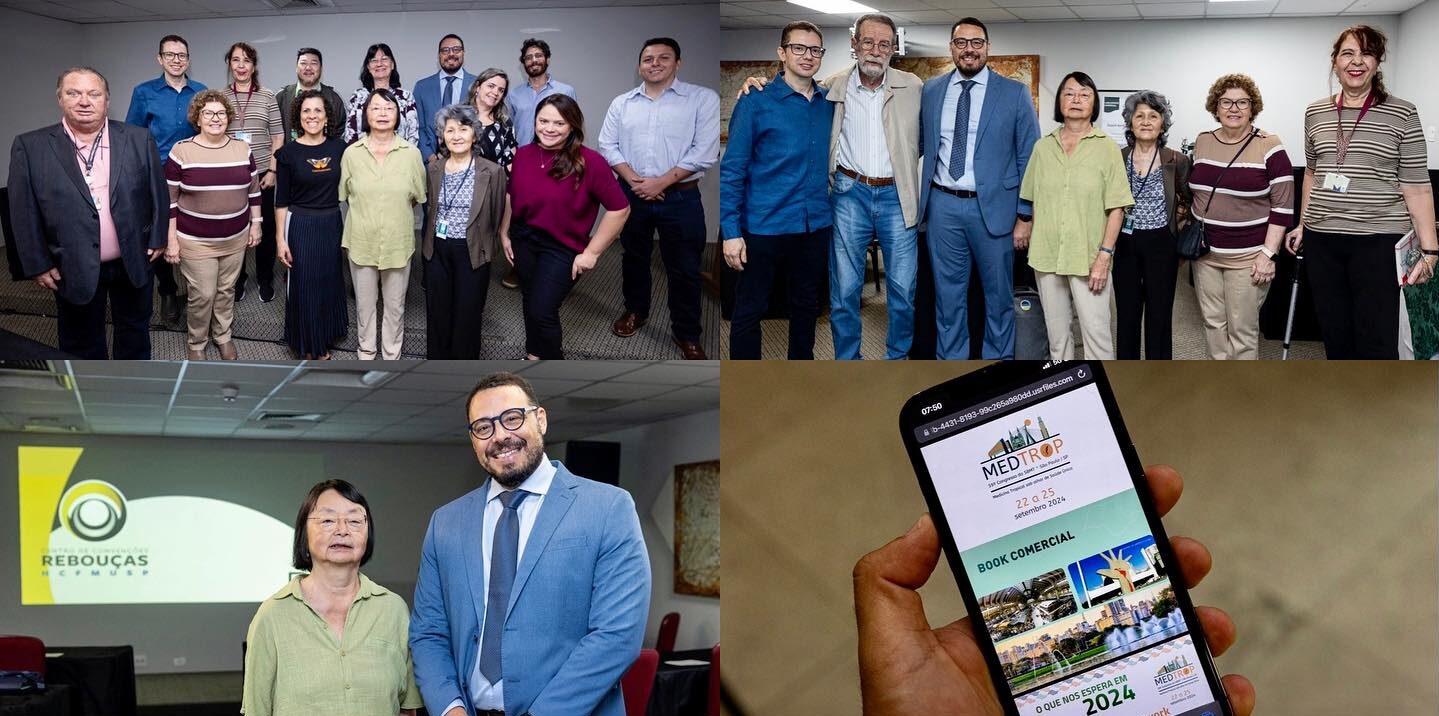
Chagas disease: Genetic adaptations help Amazonian populations resist infection
Exposure to the pathogen triggered adaptation mechanisms that, more than seven millennia ago, ended up selecting a gene that confers resistance to the disease
10/04/2023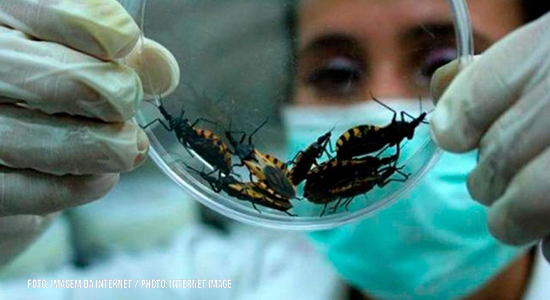
By colonizing the Amazon, the ancestors of the Amazonian peoples came into contact with the trypanosome, the protozoan that causes Chagas disease
The article titled “Indigenous people from Amazon show genetic signatures of pathogen-driven selection” recently published in the journal Science Advances, describes the first example in the Americas of natural selection influenced by a pathogen among humans. To do this, The researchers analyzed the genomic data of 118 contemporary individuals from 19 different Amazonian populations in order to find traces of genetic adaptation to the Amazon rainforest environment. The conclusion was that most of the indigenous peoples from the Arara, Gavião, Karitiana, Suruí, and eight other Amazonian ethnicities carry a particular genetic trait that apparently protects them from Chagas disease. The presence of genetic variants in genes related to trypanosome internalization thousands of years ago, in these populations, also offers an additional explanation for an issue not yet fully understood, the fact that Chagas disease, which affects more than 6 million people in Latin America, a third of them in Brazil, is less common among the inhabitants of the Amazon.
The geneticist and associate professor of the Department of Genetics and Evolutionary Biology at the Institute of Biosciences of the University of São Paulo (IB/USP) and researcher at the Institute of Evolutionary Biology (IBE) in Barcelona, Spain, who led the study, Dr. Tábita Hünemeier, explains that the research was not specifically looking for something related to susceptibility to Chagas disease, but they knew they could probably find some adaptation to pre-contact diseases (before the arrival of Europeans), given the high diversity of pathogens in the region. “Our results showed a series of differentiated genes in Amazonian populations, related to the response to trypanosomes and cardiometabolic traits. When we investigated the function of these genes further, we found that three of them were involved, with evidence in genetic association studies, in Chagas disease. Adding this finding to functional and epidemiological analyses, we elucidated that one of the genes, Protein Phosphatase 3 Catalytic Subunit Alpha (PPP3CA), conferred a lower risk of infection when mutated and was highly frequent in Amazonian populations,” the researcher adds.
According to Dr. Hünemeier, this is the first example of pathogen-driven selection in American populations. In Africa and Europe, there are parallels with malaria and the black plague, respectively. Based on previous studies with samples from 9,000 years ago, the research concludes that epidemics would have positively selected individuals with greater resistance to tropical diseases such as Chagas disease, generating a unique resistance in this population. Previous studies suggested that the PPP3CA gene could contribute in some way to the entry of T. cruzi into cells.
Asked why the prevalence of Chagas disease is so low among indigenous populations in the Amazon, the professor clarifies that the work shows the genetic profile of Amazonian indigenous populations as one of the important factors, although there may be several answers to this question. “We have demonstrated a probable Chagas disease epidemic in the past that favored the survival of individuals with a distinct genetic profile of the PPP3CA gene. These individuals, because they had a lower risk of infection and a greater possibility of survival, had more offspring, and with that, the frequency of this differentiated profile increased in the Amazonian population. Our study, through various genomic and functional experiments, shows that one of the likely causes is the presence of high-frequency genetic variants in genes related to trypanosome internalization in Amazonian populations. In this sense, the genetic factor becomes considered in the epidemiological context,” highlights the geneticist. Today, about 85% of Amazonian indigenous people present this more resistant genetic profile to T. cruzi infection.
The research also found genetic adaptations associated with behavioral characteristics of novelty seeking, a genetic trait that determines the search for new experiences. According to the study, this characteristic may have been crucial to the hunter-gatherer lifestyle of Amazonian populations in the past because it allowed them to explore new territories and seek resources. The study also detected cardiovascular and metabolic characteristics consistent with the genetic predominance observed in previous research since 66% of obesity, diabetes, and coronary diseases had already been detected in some Amazonian populations.
Dr. Hünemeier highlights that the discovery of genes associated with infectious diseases is always an important step in therapeutic advancement. “By linking the risk of infection with a genetic variant, we begin to consider the genetic factor in the predisposition or risk to certain diseases. Understanding how the parasite enters cells, and how the pathogen load differs in different genetic profiles, can lead us to therapies that mimic this physiological process, for example,” she explains. The next step is to functionally test the other genes evidenced under natural selection, and related to T. cruzi infection, and from there, seek to understand how they interact with each other and what role that interaction plays in infection.
Finally, the researcher emphasizes the importance of this study by demonstrating a genetic factor in susceptibility to T. cruzi infection. Additionally, the research gains great relevance for having been carried out in populations that are usually neglected in medical and genetic studies, evidencing a relationship between these people and a disease that is also neglected, such as Chagas disease.
World Chagas Disease Day
April 14th aims to raise awareness about this silent tropical disease, which causes about 30,000 new infections each year. The date was first celebrated in 2020, after the approval and endorsement received by the World Health Assembly at the World Health Organization (WHO) in May 2019. The Brazilian Society of Tropical Medicine (SBMT) recognizes the need for more visibility for Chagas disease, which remains a public health challenge on a global scale, and wishes that global efforts to raise awareness of the importance of improving early detection, expanding diagnostic coverage, and equitable access to clinical care are intensified.
It is estimated that up to 30% of patients with chronic disease may develop long-term complications, which can have irreversible and chronic consequences for the digestive and cardiovascular systems. However, if detected early, the disease can be cured or its clinical course improved. In the chronic phase, treatment can slow or stop its progression. With the aim of eliminating Chagas disease as a public health problem, the WHO proposes to interrupt, by 2030, four forms of transmission of T. cruzi: through vectors, blood transfusion, organ transplant, and congenital transmission.





